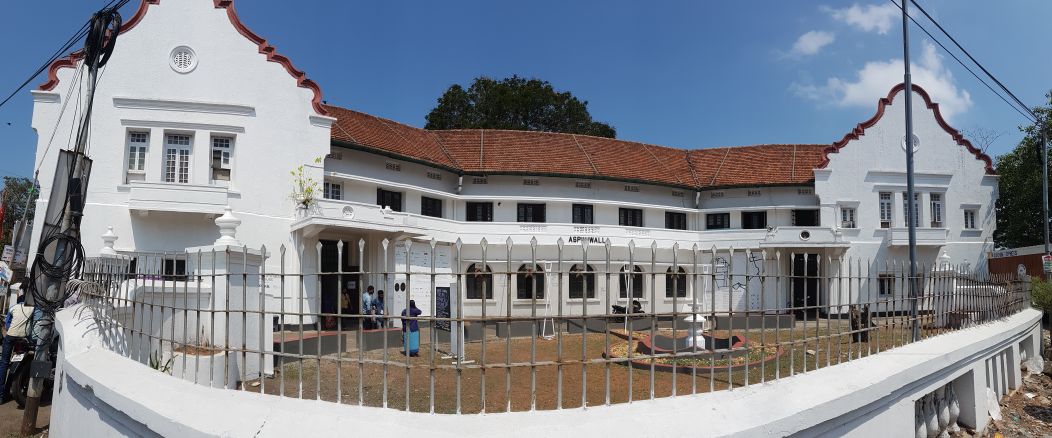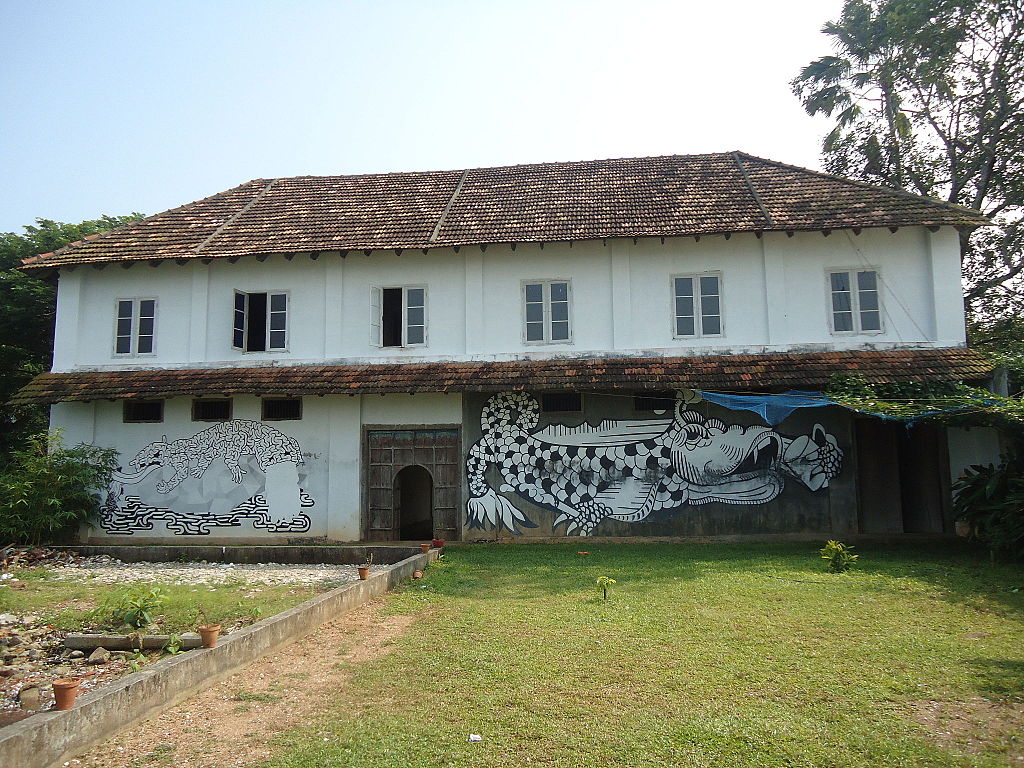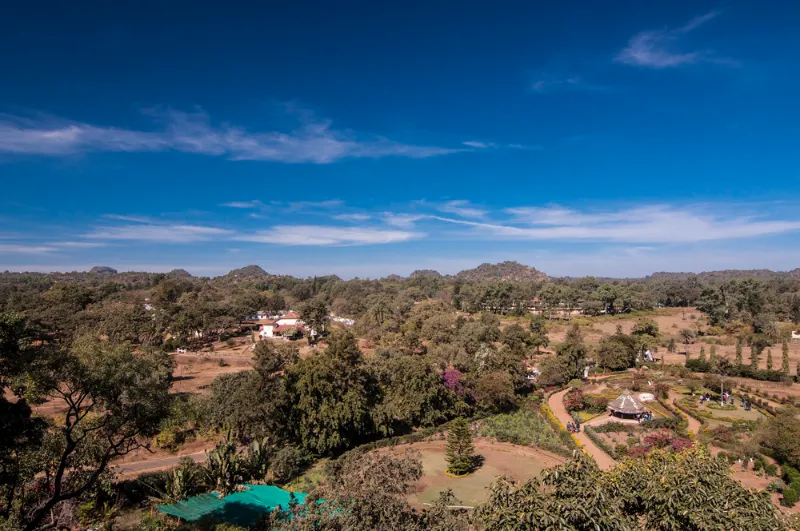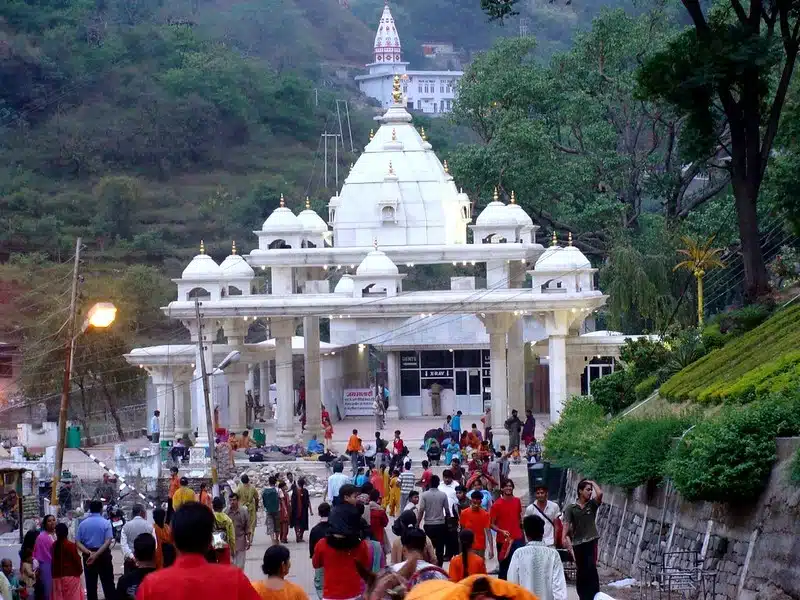From mesmerizing backwaters and serene beaches to mouthwatering local cuisines and intriguing colonial history, there have been many reasons enticing me to revisit God’s Own Country, every now and then. This year, it was the amalgam of art and culture that called me back. I was in the land of timeless traditions for the biggest contemporary art festival in Asia, the Kochi-Muzris Biennale (inspired by the Venice Biennale), the largest art exhibition in the country that celebrates the fusion of colonial legacy with cosmopolitan art and culture. The Kochi-Muzris Biennale is divided across several venues (twelve in total) that showcase exquisite artwork and host art-related events biennially.
Being an ardent art enthusiastic Mallu settled in the North, I was never actually given the opportunity to explore this gathering of gatherings, until I decided to take matters into my own hands. After a 2 hour flight from Delhi, I arrived at the Nedumbassery Airport (Cochin International Airport) from where I was going to travel by road to Kochi.
I was glad that I had pre-booked a car rental in Kochi and managed to avoid the long wait for a taxi in the scorching heat. Before we initiated the 90-minute drive to our final destination, Suresh (my driver) took me to possibly the best eatery in Kochi, the Kerala Kitchen.
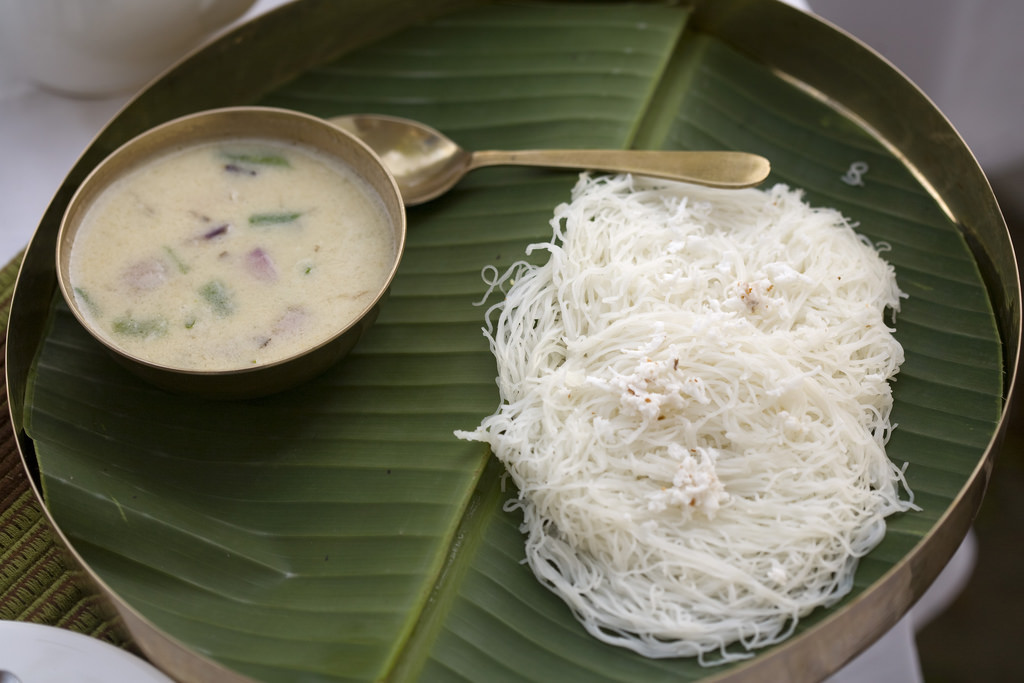 The name itself was proof enough and I proceeded to try out the Naadann (local) delights. Gobbling up a plateful of Idiyappam and Stew in the company of piping hot black tea, I continued my journey towards Aspinwall House – my first stop at the festival.
The name itself was proof enough and I proceeded to try out the Naadann (local) delights. Gobbling up a plateful of Idiyappam and Stew in the company of piping hot black tea, I continued my journey towards Aspinwall House – my first stop at the festival.
Day 1- All About Aspinwall
Post a one and a half hour ride through the bustling city of Kochi, my cab driver dropped me at the Vypin Fort Kochi Jankar Jetty, from where I took a ferry to reach Aspinwall House. A humongous sea facing property, Aspinwall House is the primary venue for the Kochi-Muzris Biennale. The Aspinwall House consists of numerous warehouses, outlying structures, and residential compounds that are segregated for the artworks.
I arrived at Aspinwall House hours after the flag hoisting ceremony (a ritual to mark the inauguration of the Biennale), just in time to witness “Activating The Loom” by Tania Candiani (a renowned Mexican artist). The event was a live demonstration of weaving threads in the loom to create fabric. For someone (like me) with an urge to explore creatively, it was an extraordinary experience watching Tania as her long artistic fingers wove the threads like magic.
Post the event, I strolled through some intriguing artwork after which, I took time off to relax under the famous banyan tree of Aspinwall House, marking the end of day 1.
Day 2- Inspiring Budding Talent
Day 2 kickstarted on an exhilarating note as I bought tickets to the Students Biennale held at the Cabral Yard. It was an open-air exhibition hosted by a team of six curators under whom, young talents and art students from across southern India exhibited some groundbreaking artwork. It was quite astonishing to see these budding art enthusiasts create wonders out of unconventional objects. For instance, students from Imphal College of Arts, Manipur showcased their creation titled “Transformation of Waste” – which was exactly what it claimed to be and did not disappoint.
Apart from this, I also attended the book launch by Jitish Kallat, an Indian contemporary artist. Unpacking the rather daunting corpus of Kallat’s artwork, his monograph reveals the nuances of contemporary visual arts. I was the first in line to get a signed copy of his book that I now proudly display on my bookshelf.
Day 3 – Artistic Marvels
Day 3 began with an excursion to the Pepper House Residence. It is a waterfront heritage property built in a Dutch-Dravidian architectural style that further accentuates its magnificence. This heritage house is truly an epicentre of contemporary art as it encompasses extensive studios for art productions, the laboratory of Visual Arts Library, the Pepper House Art Cafe, etc.
This time, the ongoing theme at Pepper House was “artist-in-residence” wherein, contemporary artists across the globe come and stay at the venue and create their artistic spaces for three long months. The creative space by Nilanjana Nandy, a visual artist who has an intriguing style of creative art with a satirical edge vis-a-vis today’s political landscape, certainly managed to attract a large number of people.
The final day was concluded with amazing woodcut art by Malaysia’s Pangrok Sulap, a renowned artist at the festival. His artwork beautifully weaved the stories of people from Kerala and how they re-emerged from the catastrophe of the 2018 floods.
Goodbye
On day 4, Suresh was right on time to pick me up for my drive back to Nedumbassery Airport. I bid adieu to the Kochi-Muzris Biennale with a promise to myself to go out more often. The weather was nice, the drive was a pleasure with a quality car and a superb chauffeur, the food was lip-smacking, the event an artist’s delight – all factors signalling towards a revisit to the Kochi-Muzri Biennale.
Last Updated on June 30, 2020 by Harpreet Janeja

